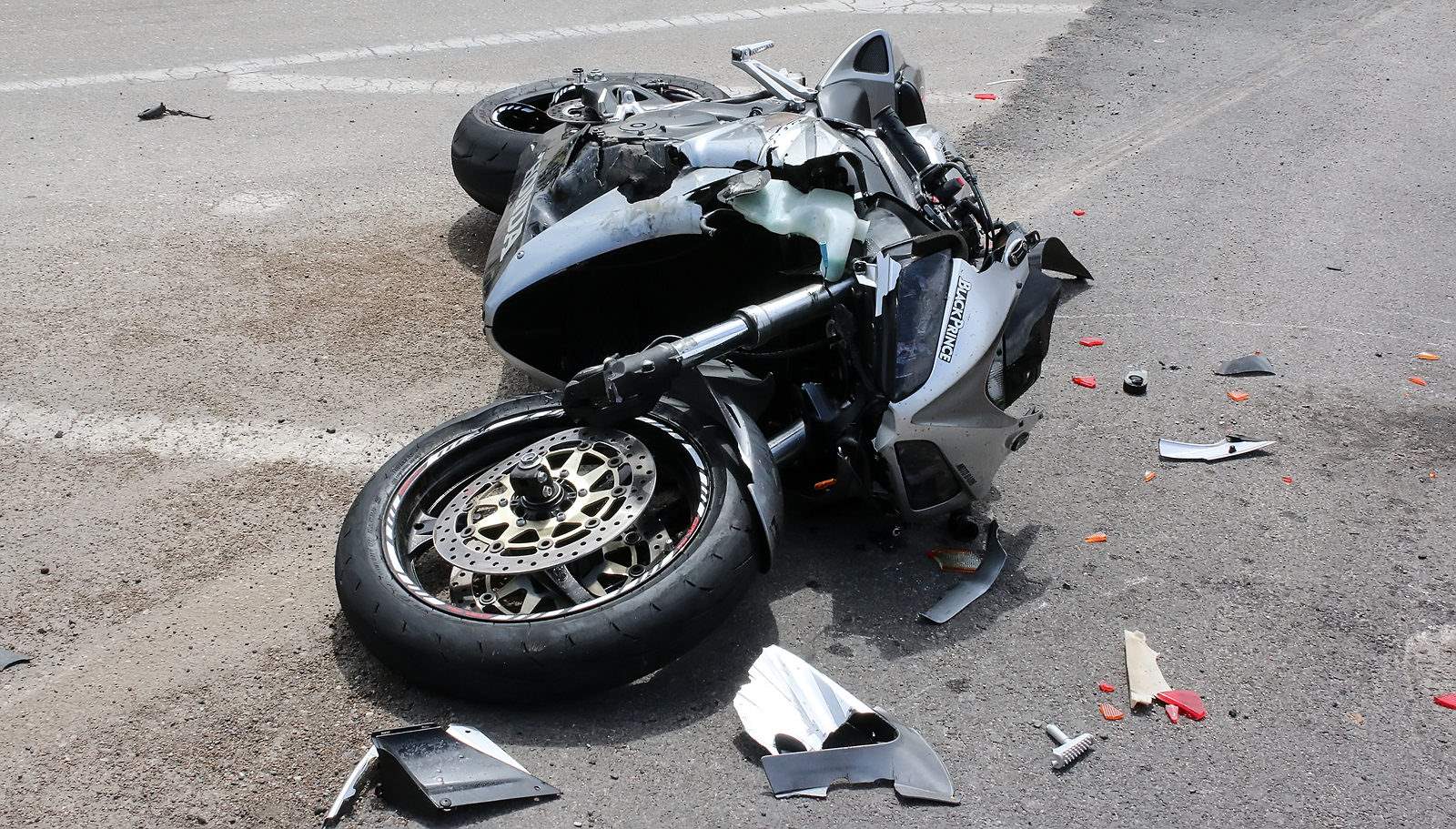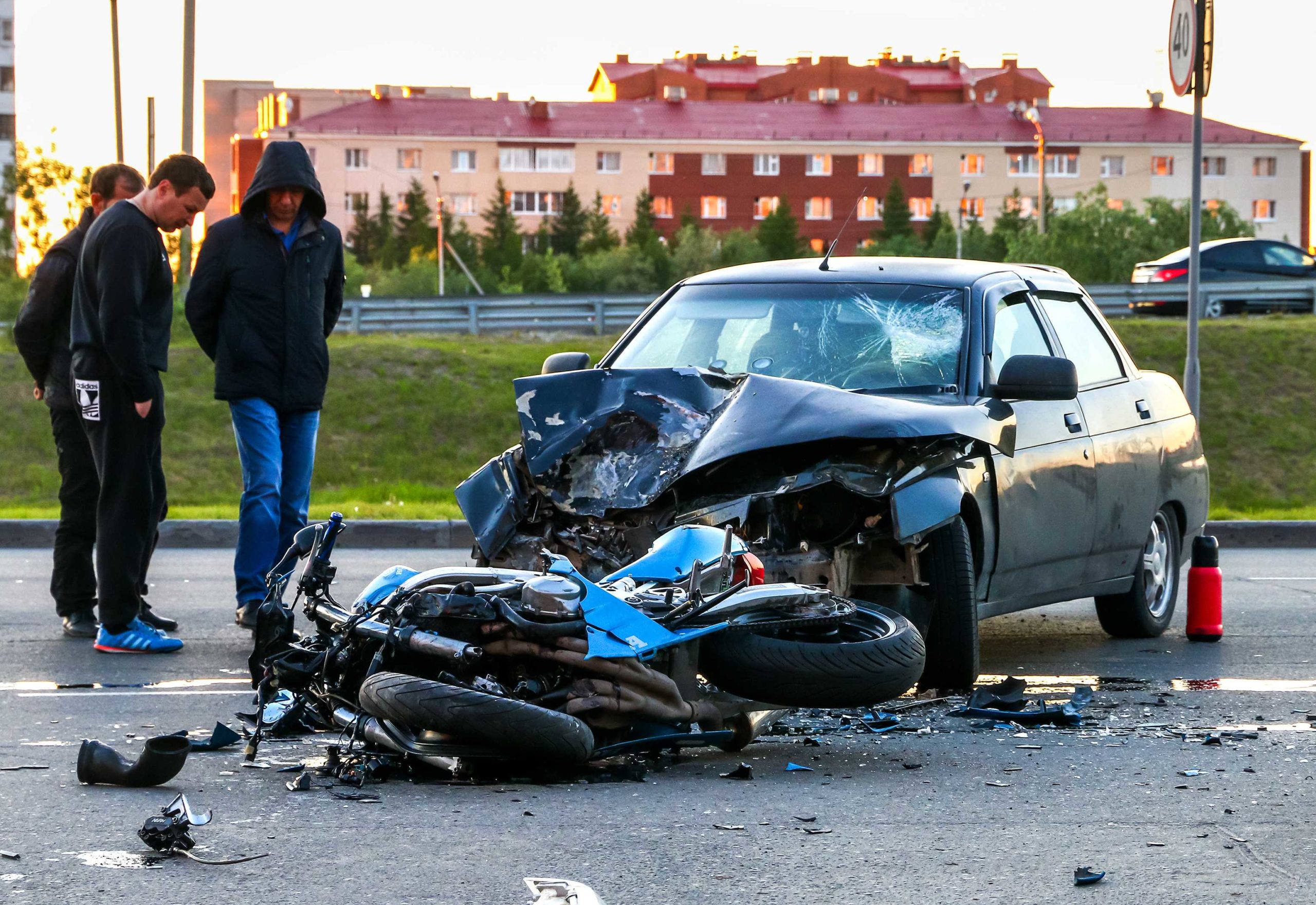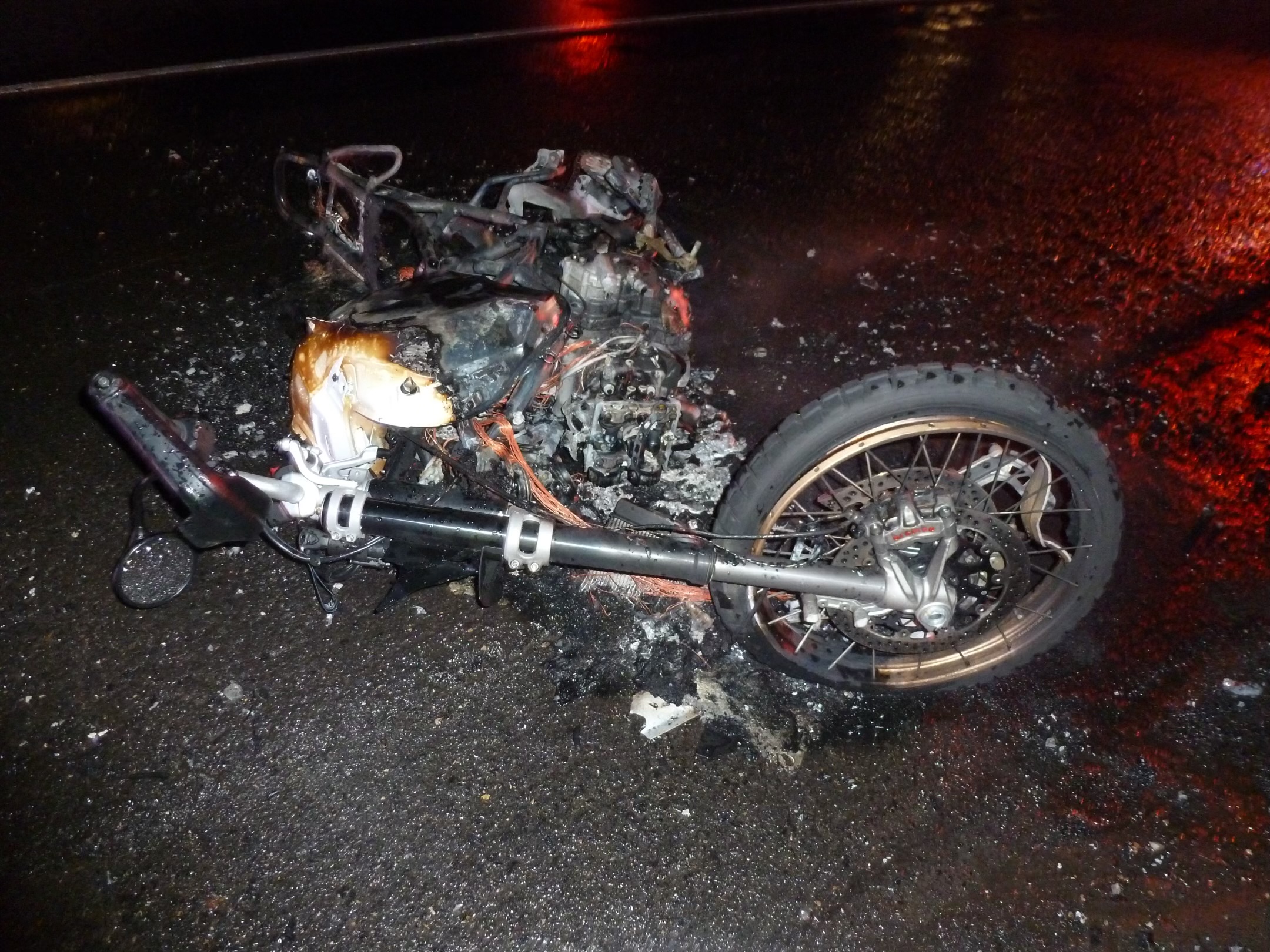The Unseen Corner: A Chronicle of a motorcycle Accident
The roar of the engine, once a symphony of freedom, was abruptly silenced by the sickening crunch of metal against asphalt. The late afternoon sun, casting long shadows across the winding country road, bore witness to a scene of chaos and devastation. A motorcycle, once a gleaming symbol of speed and independence, lay mangled, its rider sprawled nearby, motionless. This was not a scene from an action movie; it was the stark reality of a motorcycle accident, a tragedy that unfolds with alarming regularity on roads across the globe.
This article delves into the anatomy of a motorcycle accident, examining the contributing factors, the immediate aftermath, the long road to recovery, and the ripple effects that extend far beyond the immediate victims. We will explore the statistics, the personal stories, and the preventative measures that can help mitigate the risks associated with motorcycling.
The Setting: A Road Fraught with Peril
The accident occurred on a stretch of road known for its scenic beauty but also its treacherous curves. The asphalt, worn and uneven in places, offered less than ideal traction. The fading sunlight, while picturesque, created a stark contrast between light and shadow, making it difficult to discern subtle changes in road surface. The rider, a man in his late twenties named Alex, was returning home from a weekend getaway, his mind perhaps filled with the memories of his trip.
The Catalyst: A Momentary Lapse

Witness accounts, pieced together from the initial investigation, suggest that Alex was traveling at a speed slightly above the posted limit. As he approached a sharp left-hand bend, a combination of factors likely contributed to the accident. The road surface, coupled with the fading light and Alex’s speed, may have caused him to lose traction. A momentary lapse in concentration, perhaps a glance at the scenery or a fleeting thought, could have been enough to throw him off balance.
The Impact: A Violent Disruption
The impact was brutal. The motorcycle, sliding sideways, collided with the guardrail, crumpling its frame and ejecting Alex from the seat. The force of the impact sent him tumbling across the asphalt, his helmet, though providing some protection, unable to fully absorb the kinetic energy. The sound of the crash, a jarring mix of metal scraping against metal and the sickening thud of a body hitting the ground, echoed through the quiet countryside.
The Immediate Aftermath: A Race Against Time
Within minutes, other motorists arrived at the scene, their initial shock giving way to a frantic urgency. Someone called emergency services, while others rushed to Alex’s side, checking for vital signs. He was unconscious, his breathing shallow and labored. A makeshift barrier was erected to warn oncoming traffic, and the scene was secured.
The Arrival of First Responders: A Beacon of Hope
The wail of sirens pierced the air, signaling the arrival of the ambulance and police. Paramedics, trained to handle such emergencies, quickly assessed Alex’s injuries. They stabilized his spine, administered oxygen, and prepared him for transport to the nearest trauma center. The police, meanwhile, began their investigation, documenting the scene, taking witness statements, and gathering evidence.
The Trauma Center: A Battle for Survival

At the trauma center, Alex was rushed into the emergency room, where a team of doctors and nurses worked tirelessly to save his life. He had suffered multiple fractures, including a broken leg, a fractured rib, and a severe head injury. The medical team’s expertise and the advanced technology available in the modern hospital were crucial in his survival.
The Long Road to Recovery: A Journey of Resilience
Alex’s recovery was a long and arduous process. He spent weeks in the hospital, undergoing multiple surgeries and intensive rehabilitation. Physical therapy helped him regain his strength and mobility, while occupational therapy assisted him in relearning everyday tasks. The psychological impact of the accident was also significant. He struggled with anxiety, flashbacks, and the fear of riding again.
The Ripple Effects: A Community in Mourning
The accident had a profound impact on Alex’s family and friends. His parents, siblings, and girlfriend were devastated by the news, their lives turned upside down by the sudden tragedy. They spent countless hours at the hospital, offering support and encouragement. The accident also served as a stark reminder of the inherent risks of motorcycling, prompting many in the community to reevaluate their own riding habits.
The Statistics: A Grim Reality
Motorcycle accidents are a significant public health concern. According to national statistics, motorcyclists are significantly more likely to be involved in a fatal crash than car drivers. The lack of protective enclosure, combined with the inherent instability of a two-wheeled vehicle, makes motorcyclists particularly vulnerable to serious injuries. Factors such as speed, alcohol consumption, and inexperience contribute to the high rate of accidents.
The Contributing Factors: A Complex Web

Motorcycle accidents are rarely caused by a single factor. More often, they are the result of a complex interplay of variables. These include:
Road Conditions:
Uneven surfaces, potholes, and debris can cause a motorcycle to lose traction.
Rider Error:
Speeding, particularly in corners, is a major contributing factor.
Vehicle Factors:
Mechanical failures, such as brake or tire problems, can cause accidents.
Other Vehicles:
Car drivers failing to see motorcyclists is a common cause of accidents.
Preventative Measures: A Proactive Approach
Reducing the number of motorcycle accidents requires a multifaceted approach, involving riders, drivers, and policymakers.
Rider Training and Education:
Comprehensive rider training courses can teach essential skills and safety techniques.
Protective Gear:
Wearing a helmet is essential for preventing head injuries.
Vehicle Maintenance:
Regularly inspecting and maintaining the motorcycle can help prevent mechanical failures.
Driver Awareness:
Car drivers should be educated about motorcycle safety and the importance of checking blind spots.
Road Improvements:
Improving road conditions, such as resurfacing and adding guardrails, can make roads safer for motorcyclists.
The Psychological Impact: Beyond Physical Scars
The psychological trauma associated with a motorcycle accident can be just as debilitating as the physical injuries. Many survivors experience post-traumatic stress disorder (PTSD), anxiety, and depression. They may struggle with flashbacks, nightmares, and the fear of riding again. Counseling and support groups can play a crucial role in helping survivors cope with the emotional aftermath of an accident.
The Legal Ramifications: Seeking Justice
In many cases, motorcycle accidents result in legal proceedings. Victims may seek compensation for medical expenses, lost wages, and pain and suffering. Determining liability can be complex, particularly when multiple factors contribute to the accident. Legal professionals specializing in motorcycle accidents can help victims navigate the legal process and ensure they receive fair compensation.
The Future of Motorcycle Safety: A Shared Responsibility
Motorcycle safety is a shared responsibility. Riders, drivers, policymakers, and manufacturers all have a role to play in reducing the number of accidents. By promoting rider education, improving road conditions, and raising driver awareness, we can create a safer environment for motorcyclists. The goal is to ensure that the freedom and enjoyment associated with motorcycling are not overshadowed by the risk of tragedy.
A Final Reflection: Remembering Alex
Alex’s story is a reminder of the fragility of life and the importance of road safety. While his journey to recovery was long and difficult, he eventually regained his independence and returned to riding, albeit with a heightened sense of awareness. The scars, both physical and emotional, serve as a constant reminder of the day the unseen corner changed his life forever. His experience, and the experiences of countless others, highlight the need for continued efforts to improve motorcycle safety and prevent future tragedies.
